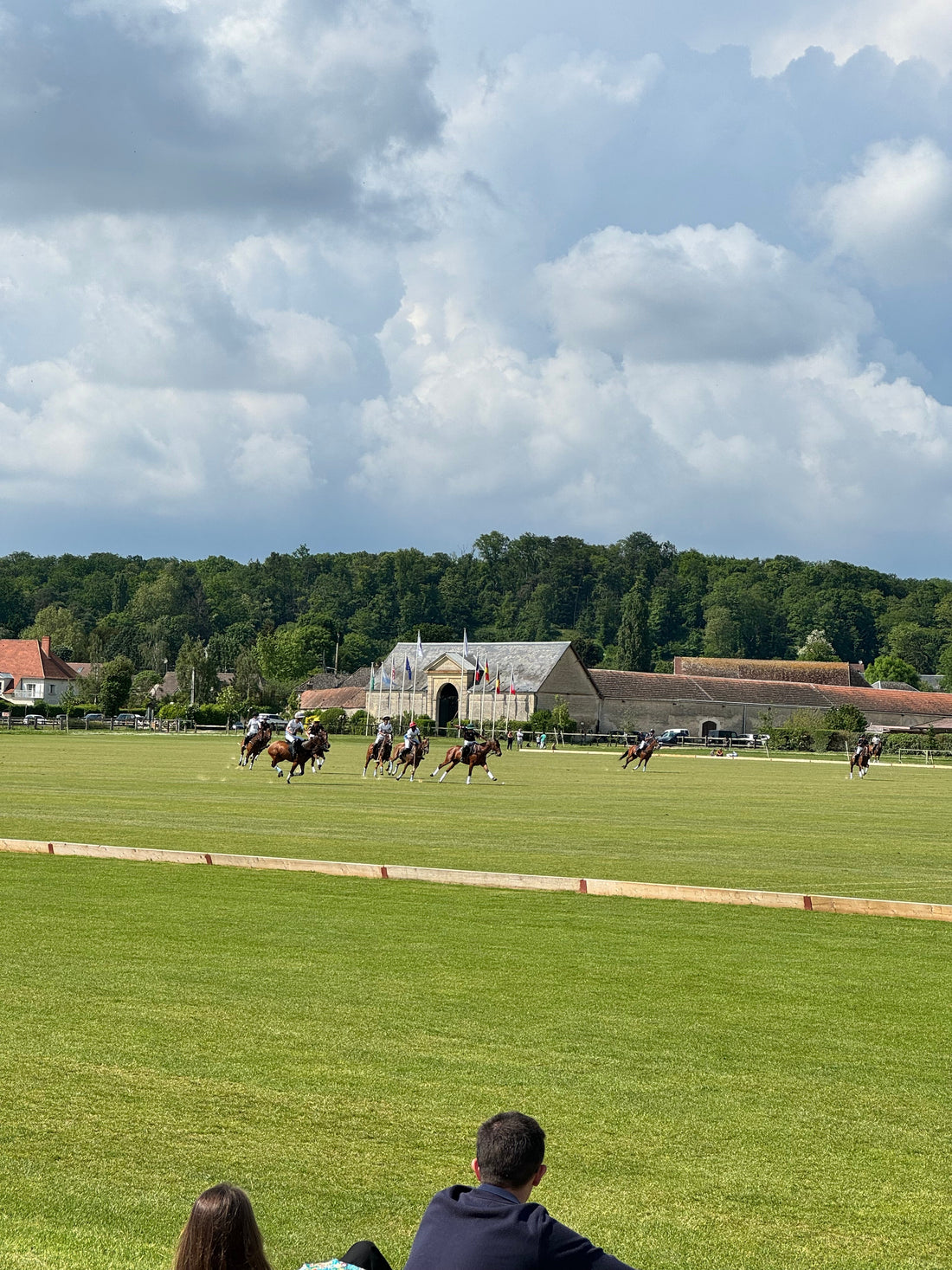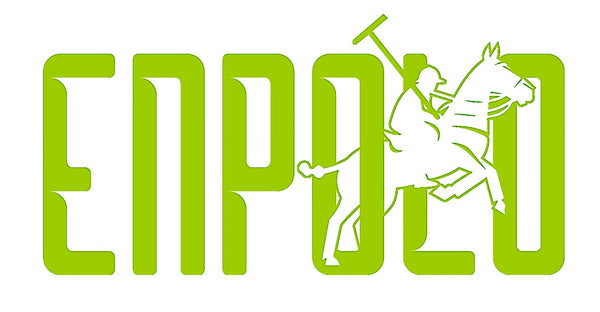
The Short Story of the Polo Club du Domaine de Chantilly
Nestled in the idyllic countryside of Apremont, just 40 minutes from the heart of Paris, lies one of Europe’s most iconic polo venues: the Polo Club du Domaine de Chantilly.

Known today as a global beacon for the sport, the club’s journey began as a bold vision by one of France’s most influential figures in polo history, Patrick Guerrand-Hermès. More than just a sports venue, Chantilly has grown into a cultural landmark where tradition meets excellence, and where the world’s polo elite gather each year to compete, connect, and celebrate the sport.
The story of the Polo Club dates back to 1995, when Guerrand-Hermès, already a respected patron and supporter of international polo, discovered a plot of land in La Ferme d’Apremont, a picturesque estate surrounded by woodland and rolling fields. With the help of a small group of like-minded enthusiasts, he set out to transform this land into a premier polo destination. The task was anything but easy. The infrastructure was minimal, and the growing local population made space for stabling horses a serious challenge. In a spirit of community, neighboring farmers supported the effort by lending space and resources—an early example of the collaborative energy that would define the club.

By 1996, the Polo Club du Domaine de Chantilly officially opened its gates, and with it, a new chapter in French polo began. The project had not only succeeded in creating a stunning venue, but also laid the groundwork for a series of events that would elevate the status of polo in France to new heights. Chantilly quickly gained international recognition thanks to its pristine fields, refined facilities, and close proximity to the splendid Château de Chantilly. But perhaps even more important was its atmosphere: a unique combination of sporting excellence, elegance, and camaraderie.
While polo in France has roots that stretch back to the early 20th century—with Baron Robert de Rothschild organizing some of the first matches on these very grounds in the 1920s—it was Guerrand-Hermès’ vision that truly ignited a renaissance for the sport. His efforts were not just about building infrastructure, but about building community. He promoted polo as an inclusive, family-friendly sport, and helped foster the next generation of French and international talent.

It was in 2000 that Guerrand-Hermès conceived what would become the crown jewel of Chantilly: the Open de France. Held annually each September, this 16-goal tournament quickly rose to prominence as the final and most prestigious leg of the French Triple Crown, following the Coupe d’Argent and the Coupe d’Or in Deauville. With its high level of play, beautiful setting, and exceptional organization, the Open de France has become a must-attend event on the global polo calendar.
Over the years, the tournament has welcomed some of the most celebrated names in the sport. Players such as Barto and Camilo Castagnola, Clemente Zavaleta, Santiago and Jota Chavanne, Alejandro Muzzio, Francisco Elizalde, Martincito Aguerre, Tomás Beresford, Guillermo Terrera, Tito Ruiz Guiñazú, and Juan Gris Zavaleta have all competed here. Their teams, backed by renowned patrons such as Edouard Carmignac’s Talandracas, Dillon Bacon’s Les Lions Panarea, the Aznar family’s Marqués de Riscal, Sainte Mesme led by Birger and Robert Strom, Nicky Sen’s Amanara, Majoa Paris by the Sztarkman family, Le Pommeraye by Derek Smith, and Marquard Media by Thomas Rinderknecht, have helped make the Open de France not only competitive, but also captivating.

In 2011, Chantilly expanded its competitive offerings with the creation of the Open de France Féminin. Also played up to 16 goals (ladies handicap), the tournament has become one of the most important women's events in Europe, regularly drawing top female players such as Nina Clarkin, Lia Salvo, Caroline Anier, Lavinia Fabre, and Naomi Schroeder. Their participation has added a new dimension to the club, reinforcing its commitment to inclusivity and the development of women in polo.
Beyond its headline events, the club hosts a full season of tournaments and polo activity. Among them, the Coupe Patrick Guerrand-Hermès and the Polo Nations Cup stand out as highlights for both rising talent and seasoned professionals. The fields are also a favorite training ground for many of France's top players, offering world-class conditions for practice, schooling, and high-level match preparation. Above all - the Polo Club Chantilly is one of the clubs where youth training programs are as important as big Polo Cups.


The grounds themselves, set against the historic and architectural backdrop of the Château de Chantilly and its equestrian tradition, elevate the entire experience. It is not uncommon to see families picnicking on the sidelines, international guests mingling in the clubhouse, and horses grazing peacefully in the nearby paddocks. The club has managed to maintain an authentic atmosphere while continuing to evolve with the sport.
Guided since its inception by director Philippe Perrier, and with Guerrand-Hermès’ original values still at its core, the Polo Club du Domaine de Chantilly represents a rare blend of tradition and innovation. It is not merely a venue, but a living institution in the world of polo.

Today, as the club continues to grow in reputation and reach, its mission remains clear: to celebrate polo at its highest level, nurture the next generation, and offer a space where sport, culture, and friendship converge. Whether for a major tournament or a quiet afternoon match, a visit to Chantilly is always more than just a game—it's an experience, steeped in history and shaped by passion.

